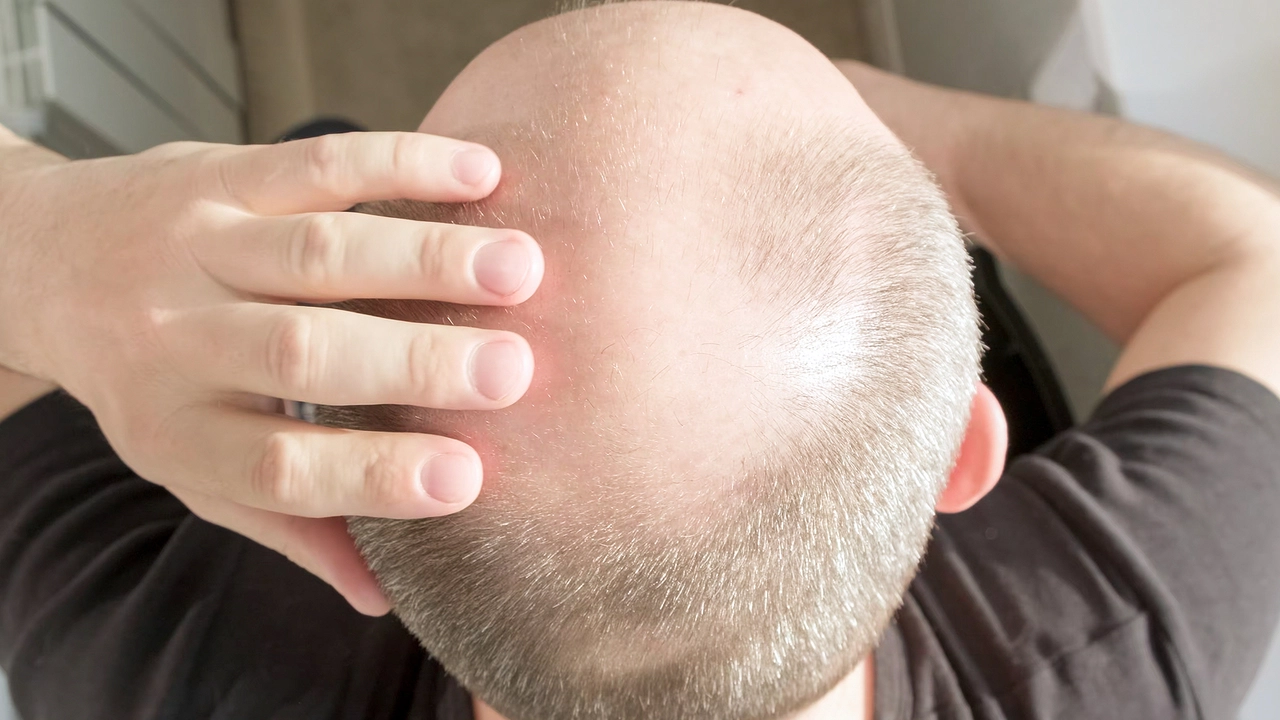Male Pattern Baldness: What You Need to Know
If you’ve noticed a thinning crown or a receding hairline, you’re not alone. Millions of men deal with male pattern baldness, also called androgenic alopecia. It’s not just a vanity issue – it can affect confidence, mood, and how you present yourself. The good news? You can understand why it happens and take steps to slow it down or even regrow some hair.
Why It Happens
The main driver is a hormone called dihydrotestosterone (DHT). Your hair follicles are sensitive to DHT, which shrinks them over time. As the follicles shrink, the hair they produce becomes finer and shorter. This process usually follows a predictable pattern: the temples recede first, then the crown thins, and eventually the two areas might meet.
Genetics play a big role. If your dad, grandpa, or close male relatives went bald early, chances are higher you’ll see the same trend. Age matters too – most men start noticing some loss in their late 20s or early 30s, but the timeline varies.
Other factors can speed things up. Stress, poor nutrition, and certain medical conditions (like thyroid issues) can make hair loss more noticeable. Smoking and excessive alcohol can also worsen the situation by reducing blood flow to the scalp.
How to Fight It
There’s no magic cure, but several proven options can help. The first line of defense is topical minoxidil. Apply it daily and you may see new growth in the crown area within a few months. It works by widening blood vessels and boosting follicle activity.
Oral finasteride is another popular choice. It blocks the conversion of testosterone to DHT, slowing down follicle shrinkage. Most men start seeing a halt in loss after three months and some regrowth after six months. Talk to a doctor about side effects before starting.
If you prefer a natural route, look for foods rich in biotin, zinc, and iron. Eggs, nuts, leafy greens, and lean meats give your scalp the building blocks it needs. Adding a daily multivitamin can fill gaps, especially if your diet is lacking.
Low‑level laser therapy (LLLT) devices, like combs or caps, claim to stimulate follicles with red light. Results are modest, but some users report thicker strands after consistent use.
For those ready to go all‑in, hair‑transplant surgery moves healthy follicles from the back of the head to thinning zones. Modern techniques give natural‑looking results, but the procedure is pricey and requires a skilled surgeon.
Lastly, lifestyle tweaks matter. Manage stress with exercise, meditation, or hobbies. Avoid tight hats that pull on hair, and skip harsh shampoos that strip natural oils.
Putting these steps together creates a multi‑pronged approach. Start with a doctor‑approved medication, support it with a balanced diet, and keep stress low. Over time you’ll notice less shedding and maybe even some new growth.
Male pattern baldness can feel unavoidable, but understanding the cause gives you power. Whether you choose a simple over‑the‑counter solution or a more intensive treatment, the key is to act early and stay consistent. Your hair may not bounce back to its original thickness, but you can definitely slow the loss and keep looking your best.

